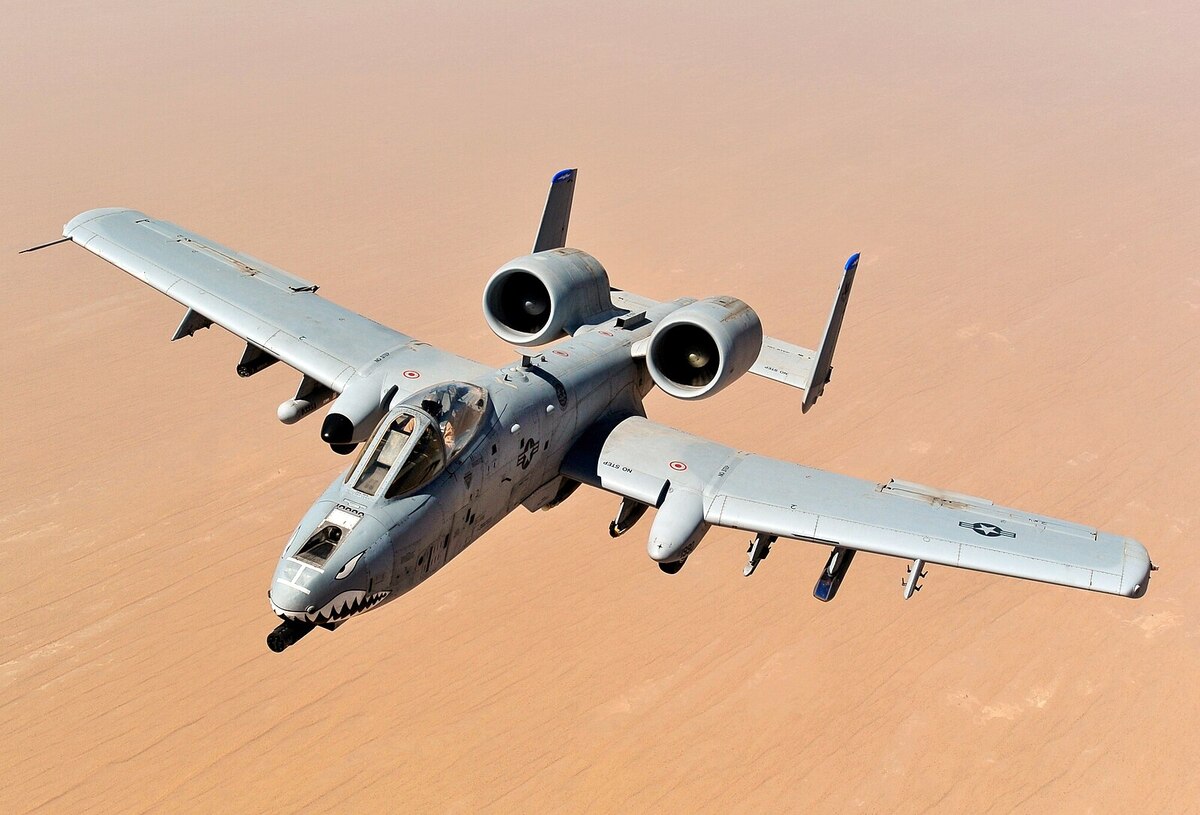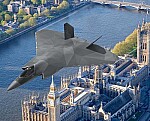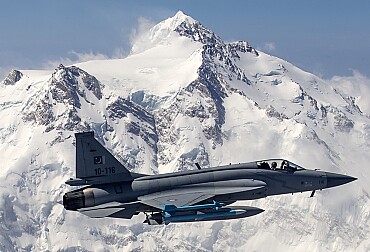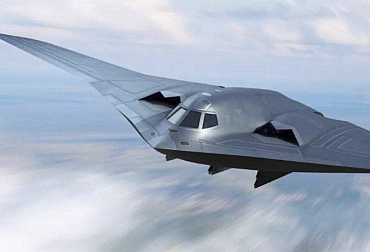U.S. Air Force overhauls 2026 Budget: Full A-10 retirement, E-7 cancelled, F-35 cuts, and major shifts in modernization strategy
In a historic and far-reaching proposal, the U.S. Air Force’s fiscal year 2026 budget plan seeks to retire 340 aircraft, cancel high-profile programs, and redirect billions toward next-generation platforms. At the center of the overhaul is the complete retirement of all remaining A-10 Thunderbolt II aircraft, the cancellation of the E-7 Wedgetail, and a sharp reduction in F-35 procurements, all while pumping unprecedented investment into the B-21 Raider, NGAD, and autonomous drone wingmen.

If approved by Congress, the plan would reshape the Air Force’s force structure for the 2030s and beyond—but not without controversy.
A-10 Warthog Faces Final Sunset
The A-10 Warthog, a Cold War-era icon famed for its close air support mission and 30mm GAU-8 Avenger cannon, will be retired in full by the end of FY2026. The Air Force aims to divest 162 A-10s, accelerating its previous drawdown timeline by four years. Though Congress has in the past blocked such efforts, the Air Force hopes the strategic context and aging airframes will sway lawmakers to approve the plan this time.
But the Warthog isn’t alone. The broader retirement list includes:
-
62 F-16C/D Fighting Falcons
-
21 F-15E Strike Eagles
-
13 F-15C/D Eagles
-
14 C-130H Hercules
-
3 EC-130H Compass Call electronic warfare aircraft
-
14 KC-135 Stratotankers
-
11 HH-60G Pave Hawk combat rescue helicopters
-
35 T-1A Jayhawk trainers
-
4 UH-1N Huey helicopters
-
1 B-1B Lancer bomber
Notably, the F-22 Block 20 Raptors, a fleet of about 32 jets the Air Force has sought to retire for being non-combat-capable, are not on the chopping block—again, a sign that Congressional resistance to their retirement remains strong.
E-7 Wedgetail Cancelled Amid Rising Costs
One of the most significant program cancellations is the E-7A Wedgetail, long planned to replace the aging E-3 Sentry AWACS aircraft. In a briefing on June 26, an Air Force official said the unit cost of the E-7 had ballooned from $588 million to $724 million, contributing to the program’s cancellation.
The Pentagon also questioned whether the aircraft could survive in a contested battlespace. Instead, the Department of Defense will pivot to space-based solutions and potentially procure more E-2D Hawkeyes, traditionally a Navy platform, to fulfill the airborne battle management role.
This is a major shift in strategic posture, as the Air Force has for years pointed to the Wedgetail as the natural successor to the E-3, especially for Indo-Pacific operations.
Billions Redirected to Future Airpower
While legacy platforms are being retired, the Air Force is doubling down on next-generation technologies and long-range strike. The B-21 Raider, the stealth nuclear-capable bomber built by Northrop Grumman, will receive $10.3 billion in total funding. That includes:
-
$2.6 billion in procurement (up from $1.9B in 2025)
-
$2.1 billion in additional funding through the reconciliation bill
This move more than doubles the B-21's procurement funding year-over-year.
The LGM-35A Sentinel ICBM, also developed by Northrop, will receive $4.2 billion in 2026 as it prepares to replace the aging Minuteman III system.
Meanwhile, funding for the F-15EX Eagle II program—once set to wind down—has been increased. The Air Force wants to purchase 21 new jets (up from 18 in 2025), totaling $3.1 billion.
F-35 Purchase Slashed, NGAD Budget Surges
In a surprising move, the Pentagon plans to cut F-35 Joint Strike Fighter procurement across all services from 74 jets in 2025 to just 47 in 2026. The Air Force’s portion—F-35A models—would fall from 44 to just 24 aircraft, and associated spending would drop from $4.5 billion to $3.6 billion.
Air Force officials defended the move by pointing to the need to fund sustainment and Block 4 upgrade readiness, as well as efforts to stabilize the F-35 industrial base.
The Next Generation Air Dominance (NGAD) fighter program, also known as the F-47, is seeing an R&D surge. The program’s budget would grow from $2.4 billion to nearly $2.6 billion, and with an additional $900 million requested in reconciliation, total spending could reach $3.5 billion.
Investing in Autonomy and Strategic Arsenal
The Air Force’s Collaborative Combat Aircraft (CCA) program—aimed at fielding autonomous "drone wingmen"—will receive $807 million in 2026. The Air Force sees CCA as a key multiplier in future peer-conflict scenarios.
In terms of armament:
-
Funding for Lockheed’s AGM-183A ARRW hypersonic missile will be restored to $387 million, breathing life back into a program that was thought dead after several failed tests.
-
Procurement for the GBU-57 Massive Ordnance Penetrator (MOP) will decrease slightly from $8.6 million in 2025 to $6.8 million in 2026—following its reported use against Iranian nuclear facilities.
The service is also seeking $362 million to purchase 14 T-7A Red Hawk trainers, as it continues to phase out the T-1 and T-38 fleets.
Budget Breakdown
The Air Force’s 2026 budget request includes:
-
$184.9B in discretionary funding for the Air Force
-
$26.1B for the Space Force
-
$38.6B in reconciliation/military entitlement funding (includes $24.7B for the Air Force)
-
Total potential funding: $249.5B (a 17.2% increase over FY2025)
Breakdown by category (with reconciliation):
-
$36.2B procurement ($24.8B for aircraft, $6.1B for missiles, $784M for munitions)
-
$46.4B research, development, test & evaluation (RDT&E)
-
$77.7B operations and maintenance (O&M)
-
$44.5B for personnel
Conclusion: Future-Forward, But Politically Risky
The 2026 Air Force budget signals a strategic leap toward peer conflict readiness, space integration, and autonomous warfare. But with that comes significant political risk. The retirement of the A-10 and cancellation of the E-7 are likely to face intense scrutiny in Congress—especially from states with airbases or industries tied to the affected platforms.
The question now is whether lawmakers will endorse this vision of a leaner, more lethal, and technologically advanced Air Force, or once again intervene to preserve legacy systems in the name of readiness and regional politics.
Either way, the 2026 budget debate promises to be one of the most consequential in decades for the future of American airpower.







